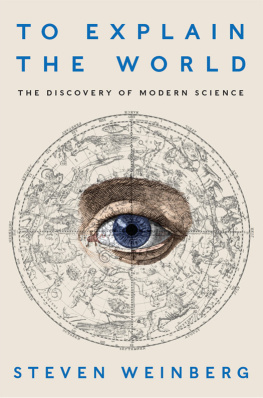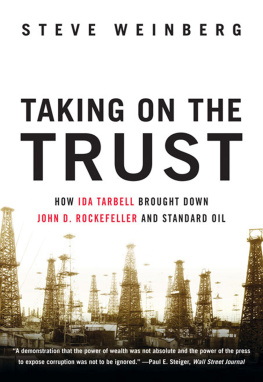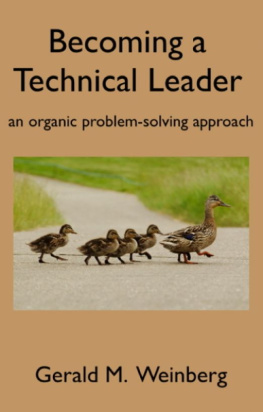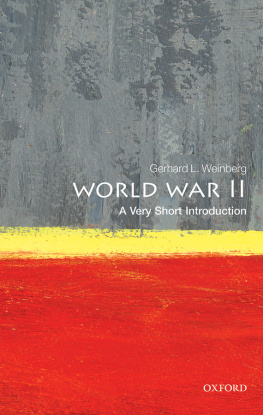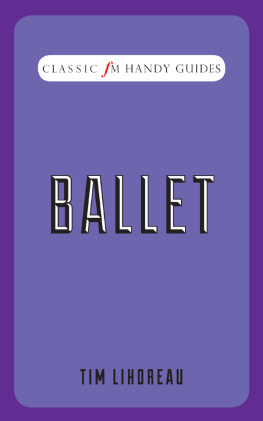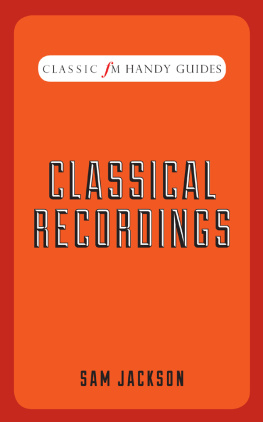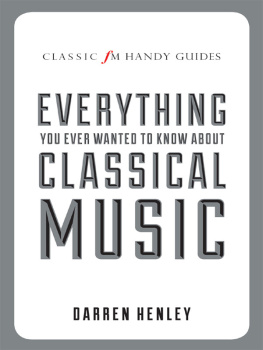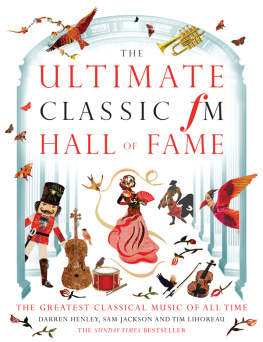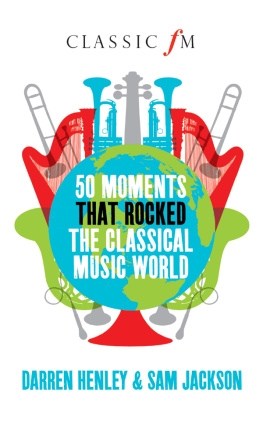FILM MUSIC

Contents
Introduction
A t Classic FM, we spend a lot of our time dreaming up wonderful ways of making sure that as many people as possible across the UK have the opportunity to listen to classical music. As the nations biggest classical music radio station, we feel that we have a responsibility to share the worlds greatest music as widely as we can.
Over the years, we have written a variety of classical music books in all sorts of shapes and sizes. But we have never put together a series of books quite like this.
This set of books covers a whole range of aspects of classical music. They are all written in Classic FMs friendly, accessible style and you can rest assured that they are packed full of facts about classical music. Read separately, each book gives you a handy snapshot of a particular subject area. Added together, the series combines to offer a more detailed insight into the full story of classical music. Along the way, we shall be paying particular attention to some of the key composers whose music we play most often on the radio station, as well as examining many of classical musics subgenres.
These books are relatively small in size, so they are not going to be encyclopedic in their level of detail; there are other books out there that do that much better than we could ever hope to. Instead, they are intended to be enjoyable introductory guides that will be particularly useful to listeners who are beginning their voyage of discovery through the rich and exciting world of classical music. Drawing on the research we have undertaken for many of our previous Classic FM books, they concentrate on information rather than theory because we want to make this series of books attractive and inviting to readers who are not necessarily familiar with the more complex aspects of musicology.
For more information on this series, take a look at our website: www.ClassicFM.com/handyguides.
Preface
I f youve just picked this book up in a shop or even already bought it youve probably realised by now that were on a journey to find out more about film music.
Since Classic FMs launch in 1992, we have always enjoyed making links between classical music and the movies. The first contact many of us had with the great classics barring television commercials for Hovis or Nescaf was when Mickey Mouse struggled to tame his wayward brooms in Fantasias The Sorcerers Apprentice sequence.
Or perhaps your first encounter with the music of Richard Wagner took place while his Ride of the Valkyries boomed out of Chinook helicopters thundering over Vietnam in Apocalypse Now?
With the invention of motion pictures, it was only to be expected that music would play a major role in accompanying the telling of stories on screen. Film was the natural evolution of the kind of storytelling for the masses pioneered by the great composers, through their operas, incidental music for theatre, and songs.
Over the past hundred years, while so-called serious composers often shunned melody, beauty and harmony in their music, film composers created some of the most melodic, dramatic and inspirational orchestral music ever written. All of them were equally serious about their craft, many of them classically trained and trying to earn a living while often continuing to write for the concert hall. Many classical composers, beginning with Camille Saint-Sans and coming up to date with Philip Glass, have created music for the big screen. Indeed it is entirely plausible to think that had Beethoven or Mozart been living in our time they would have enthusiastically embraced composing for the cinema, as they did for the theatre in their own day, and would probably be scoring video games as well, a genre in which a number of todays most successful film composers have cut their teeth.
Classic FM proudly showcases film music every day in its shows, specifically Saturday Night at the Movies every weekend, featuring the greatest scores, exciting new releases and the worlds favourite classical pieces as heard in the movies.
For a genre that is just one century old, it is remarkable that so many film themes have rapidly become loved the world over, with a life of their own outside the cinema in the concert hall and on albums. The majority of music lovers would not hesitate to call the themes to Schindlers List or Lawrence of Arabia classics.
So we shall make no apology to the classical purists for giving film music the credit and exposure it deserves. It not only contributes to a great experience at the cinema boosting the excitement and enhancing emotions but also opens the world of great orchestral and choral music to the biggest imaginable audience.
one
Pioneering Days
I t might seem ironic to begin the story of film music with an era when movies had no sound, but cinemas love affair with music dates right back to the era before the talkies arrived. Today, silent-movie buffs even argue that this was the real golden age, when the score was foreground not background music, played live in the movie theatre. In those days composers didnt have to fight to have their work heard over ear-bursting sound effects and dialogue.
As early as the 1890s, some short films might have had a pianist sitting in front of the screen tinkling along to the pictures; certainly, in December 1895, the Lumire family was testing out some of its films in Paris with a piano accompaniment. By the following year, several London venues were screening films alongside a full orchestra. But its also possible that the music was there for a very practical purpose to drown out the clanking of the projector, or to keep the audience happy while the film was being rewound or new spools were loaded up.
In those days little thought was given to matching what was being played with what was happening up on the screen, as pianists hammered their way through a selection of irrelevant ragtime tunes. But as cinema audiences became more sophisticated, they demanded more from the music that went with the experience. Film companies began sending out cue sheets with the reels, listing the major scenes of the film, their duration, and suggestions for appropriate pieces of music often classical ones to be performed. Very often, whole extracts were lifted from the works of Beethoven and Tchaikovsky. But even as early as 1904, the operetta composer and conductor Herman Finck (18721939) was employed as a music director in London, writing accompanying music to films, as well as editing selections of classical favourites to be performed by orchestras in cinemas.
It was only a few years before classical composers were approached to create scores for movies. Frenchman Camille Saint-Sans (18351921) was probably the first big name to provide one. In 1908, he wrote the music for the eighteen-minute-long LAssassinat du Duc de Guise. Its producers who had also encouraged well-known stage actors to perform in their films to give them some kudos made a big deal about promoting the fact that Saint-Sans had provided music for their movie.
In 1913, a former pupil of the Czech composer Antonn Dvok, John Stepan Zamecnik (18721953), published the first widely distributed sheet music for silent film accompaniment. The volume, titled Sam Fox Moving Picture Music, Volume 1, consisted of twenty-five piano pieces, covering the most essential backing music for comedies and melodramas. The book and its sequels remained bestsellers throughout the silent era.
Sadly, most of the composers of the period are now forgotten; they received no credit for their compositions, their music was never recorded and then, to cap it all, the medium they were working in died with the coming of sound.


